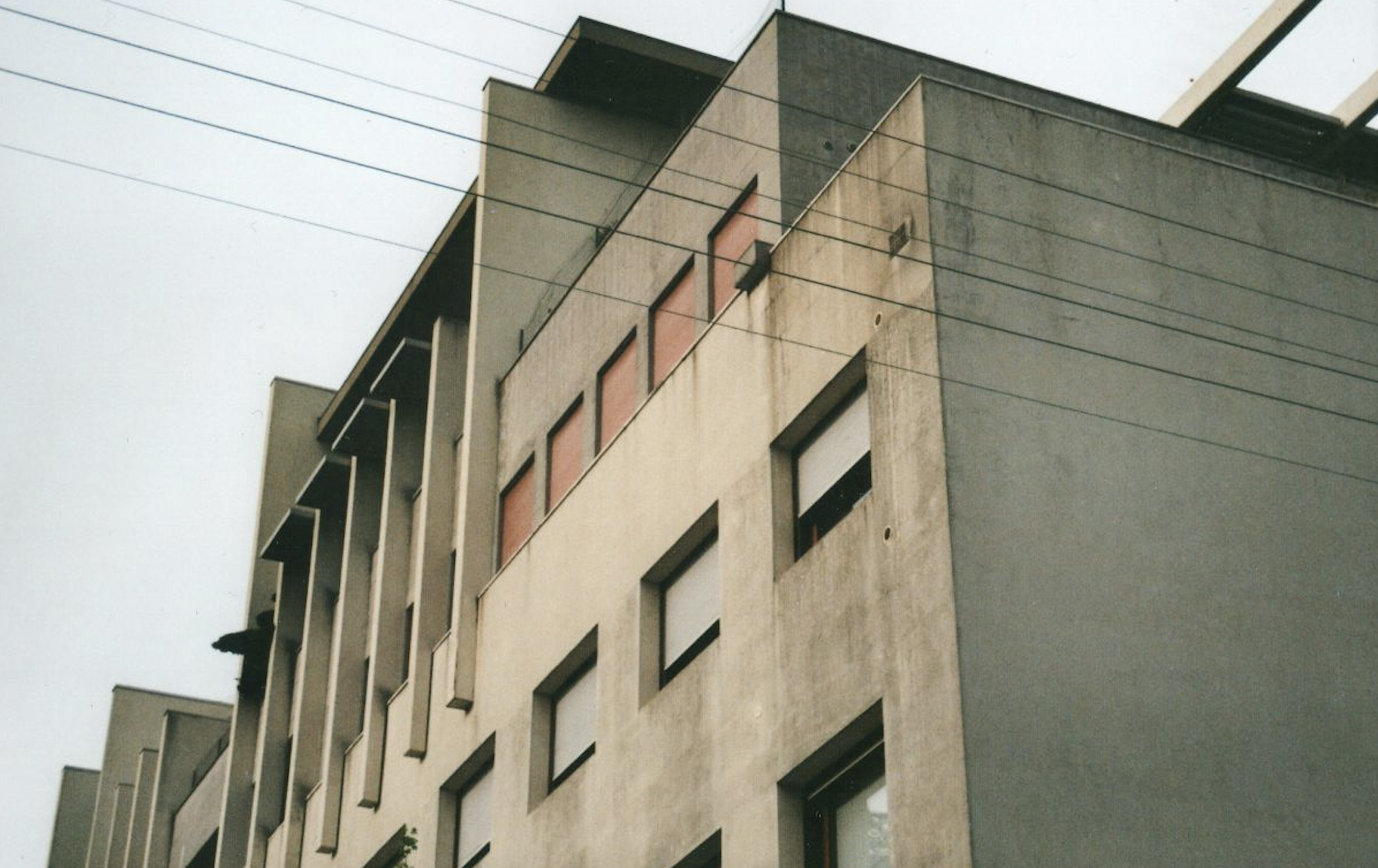
Zombie Buildings
Recent CREviews have focused on economic rents and how refurbished stock may be an alternative to waiting 4-5 years for new stock. Funnily enough, the Wall Street Journal came out with an article about “Zombie” (outdated, obsolete, low grade, high vacancy) office buildings in our favourite US city, Chicago.
Although the article discusses the US market, a different scale and economy to ours, there are many similarities between Chicago and Melbourne. They both have a green river running through the middle, flat topography that does not overly restrict future development, a great bar and entertainment culture, and similar fluctuating weather.
The big differences are that the Chicago Metropolitan Statistical Area population is around double that of Melbourne, whilst Downtown Chicago’s total office stock is almost 3 times the size of Melbourne CBD office stock.
Apart from the above environmental similarities, their office markets are similar; high vacancy rates and an abundance of older office stock around which new stock has been developed. Sydney is different; it tends to demolish older stock to make way for new stock.
With these similarities in mind, is Chicago poised to be the refurbishment capital of the US just like Melbourne could be in Australia? Or will it just develop the next precinct alongside the old? At least Chicago is trying and no better an example than the Fulton district in the West Loop or … “going beyond any other (US city) in providing public subsidies to convert obsolete office space into apartments and hotels, despite enormous budgetary challenges.” We’ve seen this type of assistance in Calgary, Canada and it is working wonders for the longer term benefit of the office market and the city as a whole.
Perhaps if in Australia we called our obsolete buildings “Zombie” buildings, it would encourage more attention towards a more environmentally sensitive redevelopment of the old stock rather than continuing to build new stock and leave the old stock behind.
Only time, money and risk will tell.

No Comments